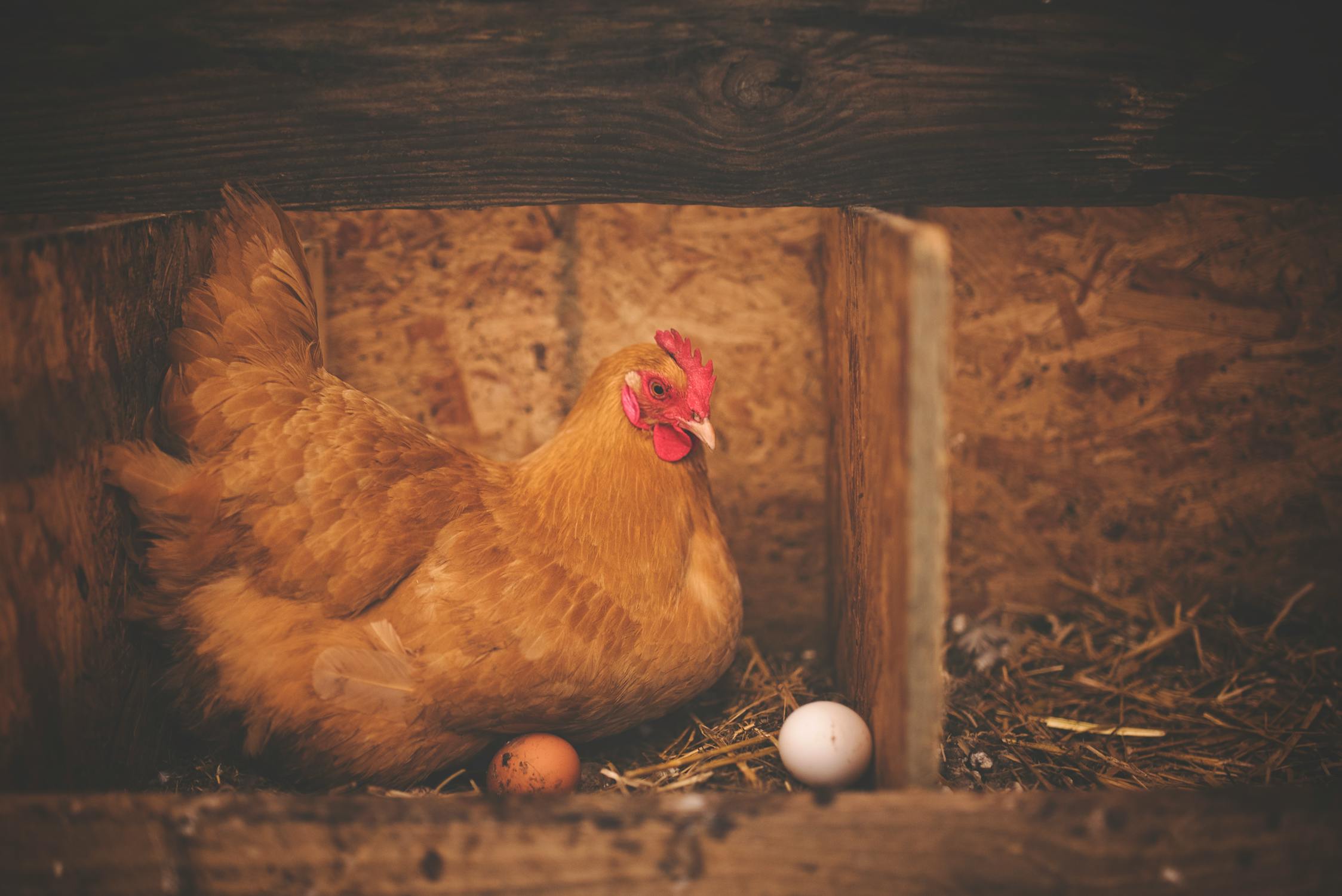The United States is grappling with a significant surge in egg prices, primarily due to a widespread avian influenza outbreak. This situation has led to notable economic and social impacts across the country.
Impact on Egg Prices
The avian influenza outbreak has severely disrupted egg supplies, leading to a substantial increase in prices. In December, the average cost for a dozen large, grade-A eggs nationwide reached $4.15, marking a 65% rise from the previous year and a 132% increase from December 2021. The U.S. Department of Agriculture (USDA) anticipates that egg prices could climb an additional 20% this year.
Effects on Businesses and Consumers
The escalating egg prices have compelled businesses to adjust their pricing strategies. For instance, Waffle House has implemented a 50-cent surcharge per egg to offset increased costs. This surcharge applies across all its menus and will be adjusted as market conditions evolve.
Consumers are also feeling the strain, with many seeking more affordable options or turning to egg substitutes. Some grocery stores have responded by limiting egg purchases to manage demand and prevent shortages.
Unintended Consequences
The high value of eggs has led to unexpected criminal activity. In Pennsylvania, a trailer containing 100,000 eggs, valued at approximately $40,000, was stolen. Authorities are investigating the theft, which underscores the broader economic pressures stemming from the avian influenza outbreak.
Looking Ahead
Industry experts suggest that the egg supply may not stabilize until at least 2026, as breeders face challenges in meeting the demand for replacement chicks. This prolonged recovery period indicates that elevated egg prices could persist for the foreseeable future.
In summary, the avian influenza outbreak has led to significant disruptions in the U.S. egg market, affecting prices, businesses, and consumers alike. The situation continues to evolve, with long-term solutions still in development.










